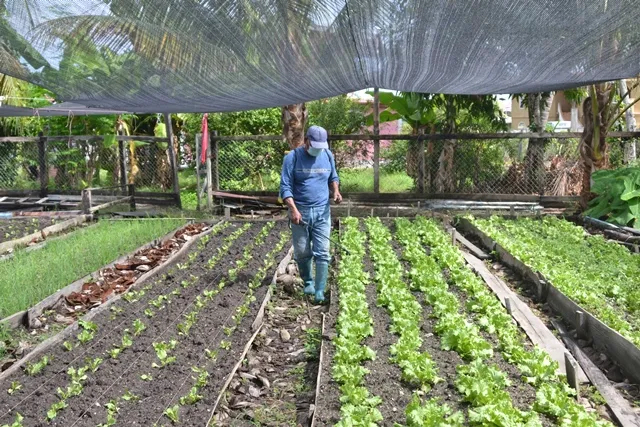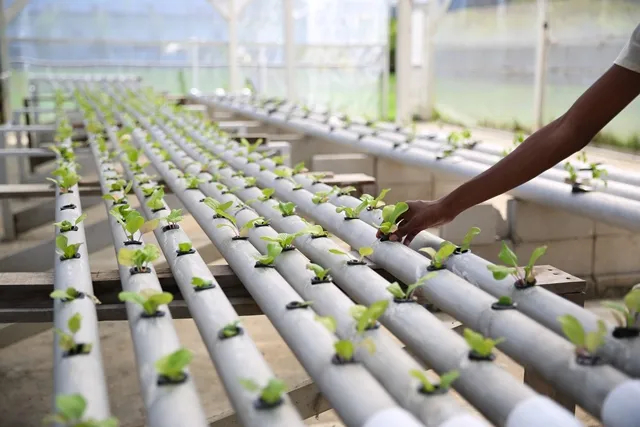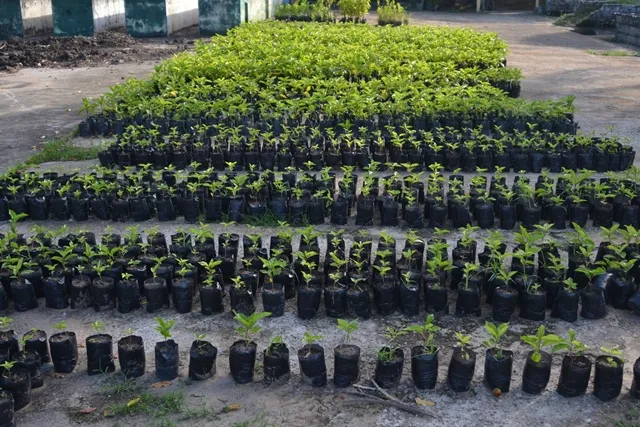The PPP/C Administration remains committed to investing heavily in all areas of the agriculture sector, to ensure sustainable food security across Guyana and the region.
Government believes that with substantial contribution to the food industry, Guyana could remain the spotlight for the provision of organic fruits and vegetables, and other high value commodities.
Since assuming office in August 2020, the administration made significant strides in assisting agriculturists across the country to expand their production. A sum of $28.7 billion was budgeted this year to further spur development in the agriculture sector.
His Excellency, Dr. Mohamed Irfaan Ali has emphasised his government’s intentions to support small farmers, ensuring they have the facilities to take up the evolving production expansion.
He believes that once there is enough commodities being cultivated locally, exportation could expand.
“You can’t produce 20 avocados today and the next 20 avocados in three months from now. First, we have to build the productive capacity and that is what we are doing from now,” Dr. Ali explained, during a media briefing at State House, on Sunday.
It is against this backdrop; the administration is moving apace to develop and expand a number of ongoing projects, that will see major increase and opening up of new markets regionally and internationally.
One such initiative, the Head of State underscored, is the brackish water shrimp production along the Corentyne Coast, Region Six.
“Because we recognised that there is a very huge potential in the diaspora, we moved from 225,000 kgs to 450,000 kgs in the last year and a half, but we still cannot satisfy the diaspora market until we carry it to 300 per cent. And that is what we are working on now,” the President said.
There are 66 ponds already completed in phase one of the project, with efforts to establish 13 more ponds advancing to meet the 79 target. Some $230 million has been committed to rehabilitate an additional 63 shrimp farms in the second phase.
The massive corn and soya bean production at Ebini, along the Berbice River, is another major project the administration is pushing and is already seeing positive outcomes.
Agriculture Minister, Zulfikar Mustapha M.P., told DPI Sunday that, “trial was very successful, and this year we are hoping to increase cultivation from 125 acres to 3,000 acres, and in another three years by 25,000 acres, so that we can be self-sufficient and also be a net exporter of corn and soya in the Caribbean.”
Meanwhile, President Ali has targeted youths in the Agriculture and Innovation Entrepreneurship Programme (AIEP). Works have already commenced to establish 25 shade houses for the cultivation of three high value crops; carrot, broccoli and cauliflower.
Following the recent two- day Thirty-Third Inter-Sessional Meeting of CARICOM Heads of Government, held in Belize, Barbados’ Prime Minister, Hon. Mia Mottley, had named broccoli and cauliflower as two of the high value commodities imported into the region for consumption.
Guyana’s government wants to enhance the AIEP project to comfortably meet the sprouting regional demands. Some $100 million has been set aside for AIEP this year.
Additionally, at the end of a five-year period, Guyana is looking to expand local production above 7,000 tonnes. President Ali pointed out that this will require a capital investment of a US$175 million and approximately 25,000 acres of land.
Also, a major player in developing production is the National Drainage and Irrigation Authority (NDIA). The agency has been allocated $11.3 billion to carry out major works this year.









